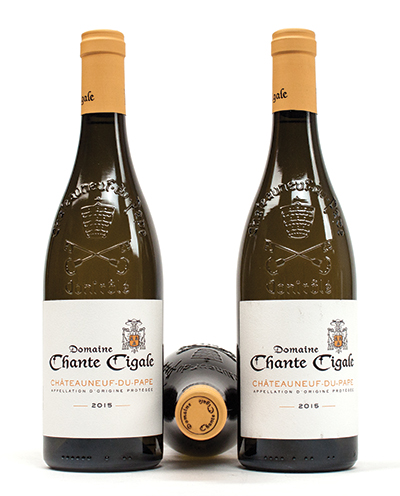 There is no doubt that Chateauneuf-du-Pape is a unique wine region—from its famous rounded “galet” stones which blanket the vineyards to the sometimes extravagant lengths that appellation rules go to in protecting the land (a 1954 law banning UFO flyovers is still in effect). It’s only fitting then that we should be tasting a unique wine! While some 95% of Chateuneuf-du-Pape wines are reds, there exists a small minority of whites produced—including today’s 2015 Chante Cigale Chateauneuf-du-Pape Blanc.
There is no doubt that Chateauneuf-du-Pape is a unique wine region—from its famous rounded “galet” stones which blanket the vineyards to the sometimes extravagant lengths that appellation rules go to in protecting the land (a 1954 law banning UFO flyovers is still in effect). It’s only fitting then that we should be tasting a unique wine! While some 95% of Chateuneuf-du-Pape wines are reds, there exists a small minority of whites produced—including today’s 2015 Chante Cigale Chateauneuf-du-Pape Blanc.
Chante Cigale is a producer that is as much a specialist in white Chateauneufs as any, dedicating a fifth of their production to the equal parts of Grenache Blanc, Roussanne, Clairette, and Bourbolenc that make up their blend. The domain’s history dates back to the late 1800s when their founder Hyppolite Jourdan first started producing. Over
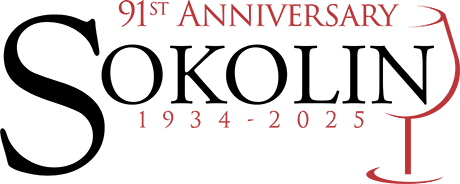

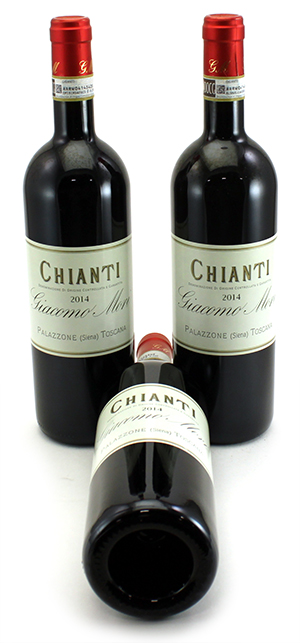
 For many Americans, no wine better encapsulates Italy than Chianti. Having come into vogue packaged in a straw basket known, foretellingly perhaps, as a “fiasco”, this wine had the ideal combination of food-friendly taste and low-price that made it a pasta night classic. Chianti was destined, however, to become a victim of its own success. Feeling the pressures of a burgeoning market, producers took to increasing harvest yields and adding in higher percentages of unremarkable grapes leading to thoroughly lackluster wines. For a while, Chianti seemed to be destined to the bottom shelf.
For many Americans, no wine better encapsulates Italy than Chianti. Having come into vogue packaged in a straw basket known, foretellingly perhaps, as a “fiasco”, this wine had the ideal combination of food-friendly taste and low-price that made it a pasta night classic. Chianti was destined, however, to become a victim of its own success. Feeling the pressures of a burgeoning market, producers took to increasing harvest yields and adding in higher percentages of unremarkable grapes leading to thoroughly lackluster wines. For a while, Chianti seemed to be destined to the bottom shelf.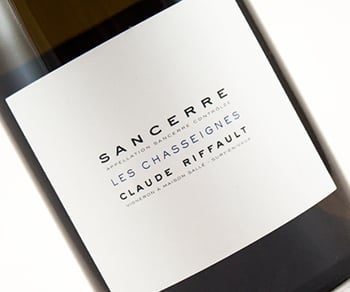
 Producer Stephane Riffault (son of the titular Claude) and the Sancerre region have one thing in common—a close connection to Burgundy. For Sancerre, the relationship to Burgundy is physical. A mere hour and a half by car from Chablis, it shares some of the climatic and geological traits of this other region famed for its crisp whites. For Riffault, it’s emotional. Riffault spent time both working and studying with Burgundy producer, Leflaive. His brother, Etienne, has also found success making wine in Puligny-Montrachet and the two often share winemaking critiques and the fruit of their labor with each other. This has led to a style of Sancerre all his own, characterized by Stephane in an interview as a mix of the Burgundy and Berry zones or “Bourguichon”, which have “the unctuousness of chardonnay while keeping the freshness of sauvignon blanc.”
Producer Stephane Riffault (son of the titular Claude) and the Sancerre region have one thing in common—a close connection to Burgundy. For Sancerre, the relationship to Burgundy is physical. A mere hour and a half by car from Chablis, it shares some of the climatic and geological traits of this other region famed for its crisp whites. For Riffault, it’s emotional. Riffault spent time both working and studying with Burgundy producer, Leflaive. His brother, Etienne, has also found success making wine in Puligny-Montrachet and the two often share winemaking critiques and the fruit of their labor with each other. This has led to a style of Sancerre all his own, characterized by Stephane in an interview as a mix of the Burgundy and Berry zones or “Bourguichon”, which have “the unctuousness of chardonnay while keeping the freshness of sauvignon blanc.”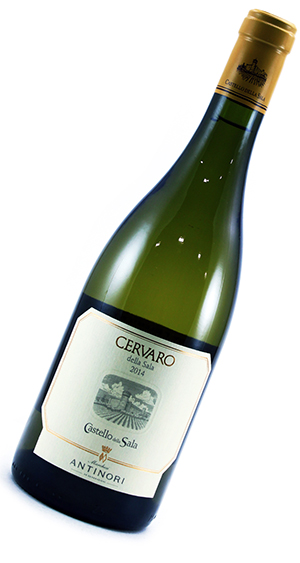
 In European winemaking, family feuds are nothing unusual. Angelo Monaldeschi, nearly 700 years ago, made his home in the Castello della Salla hoping to rule the city of Orvieto. He faced competition, however, from his three brothers, each of whom raised their own fighting force to conquer the town. As told by Marchesi Antinori’s website, “the largest was called the Cervara (the Stag), […] another the Cane (the Dog), a third the Aquila (the Eagle), and, the clan of Angelo, the most warlike of the entire family, the Vipera (the Viper).” The Vipera and the Cervara clans would continue to fight for nearly a century until a truce was brokered. With peace restored, the ancient stronghold of the Monaldeschis would pass through many hands, ending with the Antinori family in 1940. Taking inspiration from this story, Antinori chose the name for the estate’s top wine and today’s star—the
In European winemaking, family feuds are nothing unusual. Angelo Monaldeschi, nearly 700 years ago, made his home in the Castello della Salla hoping to rule the city of Orvieto. He faced competition, however, from his three brothers, each of whom raised their own fighting force to conquer the town. As told by Marchesi Antinori’s website, “the largest was called the Cervara (the Stag), […] another the Cane (the Dog), a third the Aquila (the Eagle), and, the clan of Angelo, the most warlike of the entire family, the Vipera (the Viper).” The Vipera and the Cervara clans would continue to fight for nearly a century until a truce was brokered. With peace restored, the ancient stronghold of the Monaldeschis would pass through many hands, ending with the Antinori family in 1940. Taking inspiration from this story, Antinori chose the name for the estate’s top wine and today’s star—the 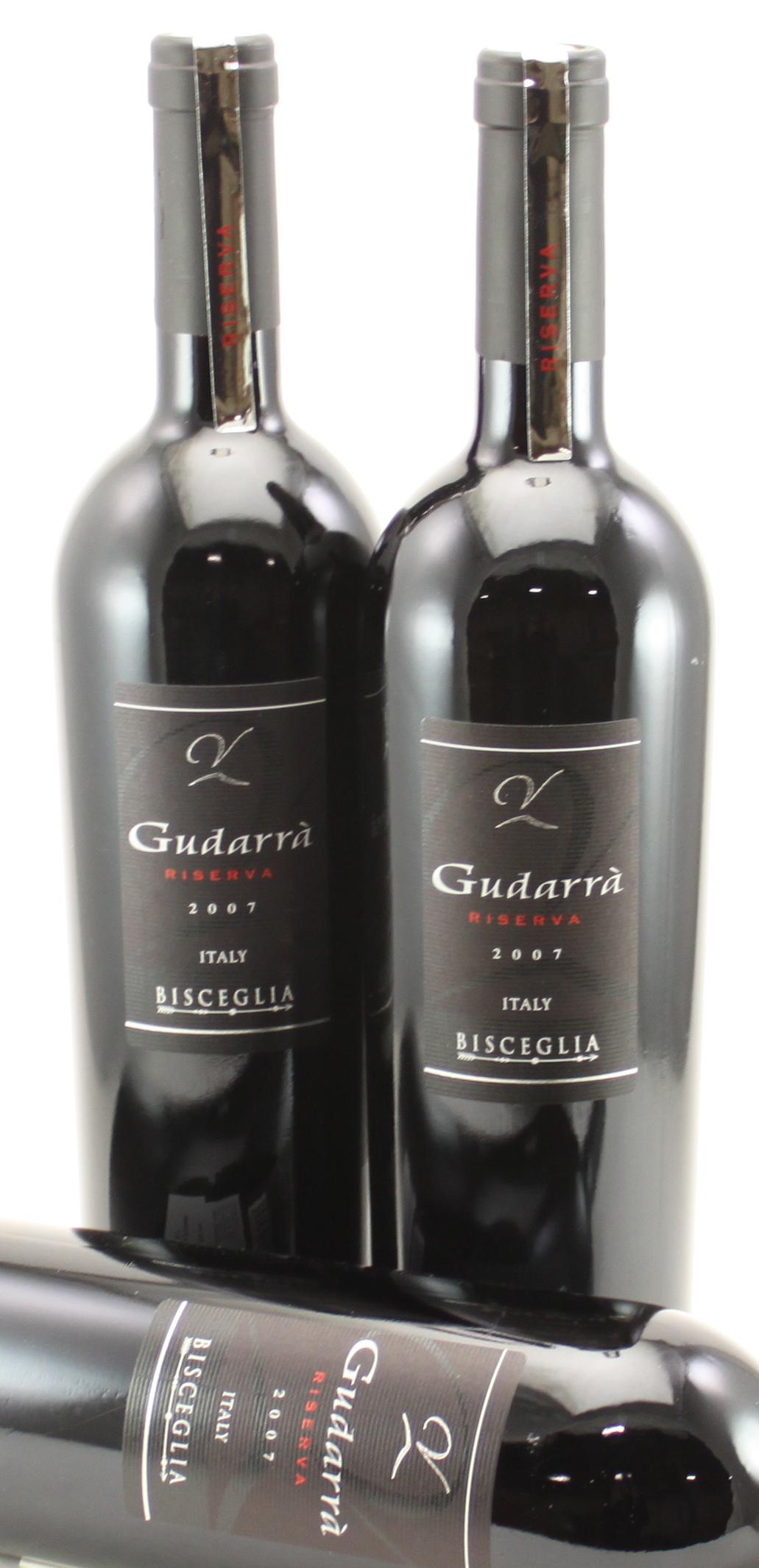
 We at Sokolin pride ourselves on bringing you not only the most sought-after and well-known wines, but also less-familiar, hidden gems from across the world. Today’s wine, the
We at Sokolin pride ourselves on bringing you not only the most sought-after and well-known wines, but also less-familiar, hidden gems from across the world. Today’s wine, the 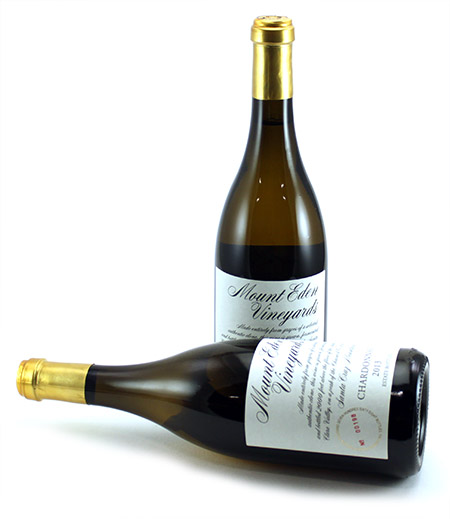
 While the Garden of Eden might be known for its apples, California drinkers know that Mount Eden means grapes and seriously good wines, such as today’s
While the Garden of Eden might be known for its apples, California drinkers know that Mount Eden means grapes and seriously good wines, such as today’s 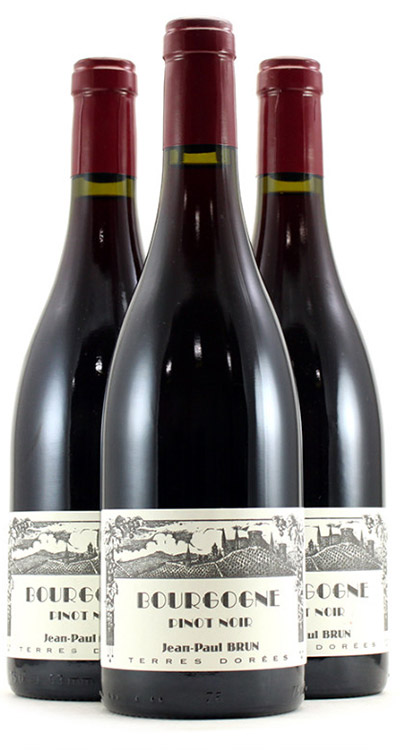
 All good things must come to an end, it seems. Gone is the unseasonable warm weather we’ve been enjoying, and here comes the snow. To combat these dark skies, today we’re tasting a brighter wine—the
All good things must come to an end, it seems. Gone is the unseasonable warm weather we’ve been enjoying, and here comes the snow. To combat these dark skies, today we’re tasting a brighter wine—the 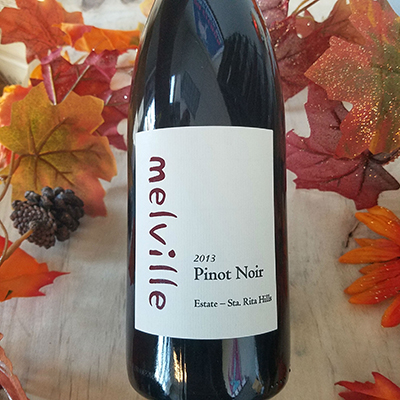
 With the clock falling back this week, we fall back on one of our favorite Thanksgiving varietals—Pinot Noir. This is a grape that was seemingly designed for cool weather. Its warm, elegant fruitiness makes it a great companion to the hearty foods and chilly air of autumn. Even in the vineyard, Pinot is a grape that produces its most profound expressions through colder climes, such as today’s wine, the
With the clock falling back this week, we fall back on one of our favorite Thanksgiving varietals—Pinot Noir. This is a grape that was seemingly designed for cool weather. Its warm, elegant fruitiness makes it a great companion to the hearty foods and chilly air of autumn. Even in the vineyard, Pinot is a grape that produces its most profound expressions through colder climes, such as today’s wine, the 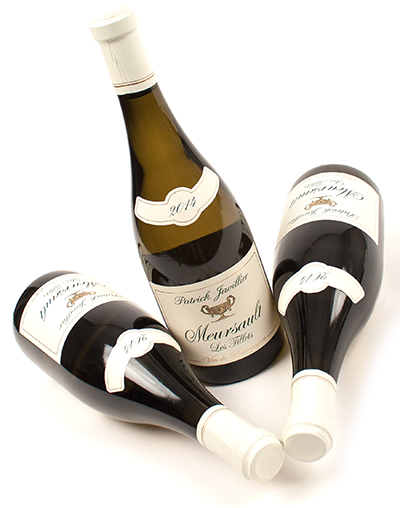

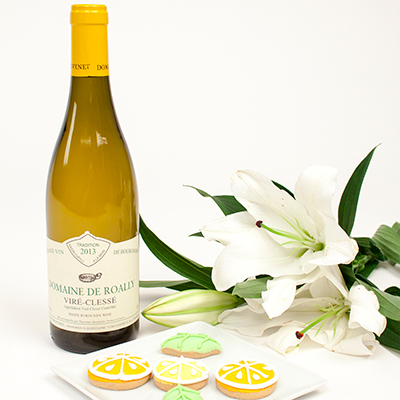
 In France, wine’s most dynamic successes are the result of tradition meeting innovation. This couldn’t be more clear than in Burgundy’s most recently created appellation—Viré-Clessé (veer-AY cluh-SAY). Often overshadowed by its more famous Mâcon neighbors of Pouilly-Fuissé and Saint-Véran, the area of Viré-Clessé, classified in 1999, has nonetheless been known by wine fans as a source of rich, great valued wines for centuries.
In France, wine’s most dynamic successes are the result of tradition meeting innovation. This couldn’t be more clear than in Burgundy’s most recently created appellation—Viré-Clessé (veer-AY cluh-SAY). Often overshadowed by its more famous Mâcon neighbors of Pouilly-Fuissé and Saint-Véran, the area of Viré-Clessé, classified in 1999, has nonetheless been known by wine fans as a source of rich, great valued wines for centuries.